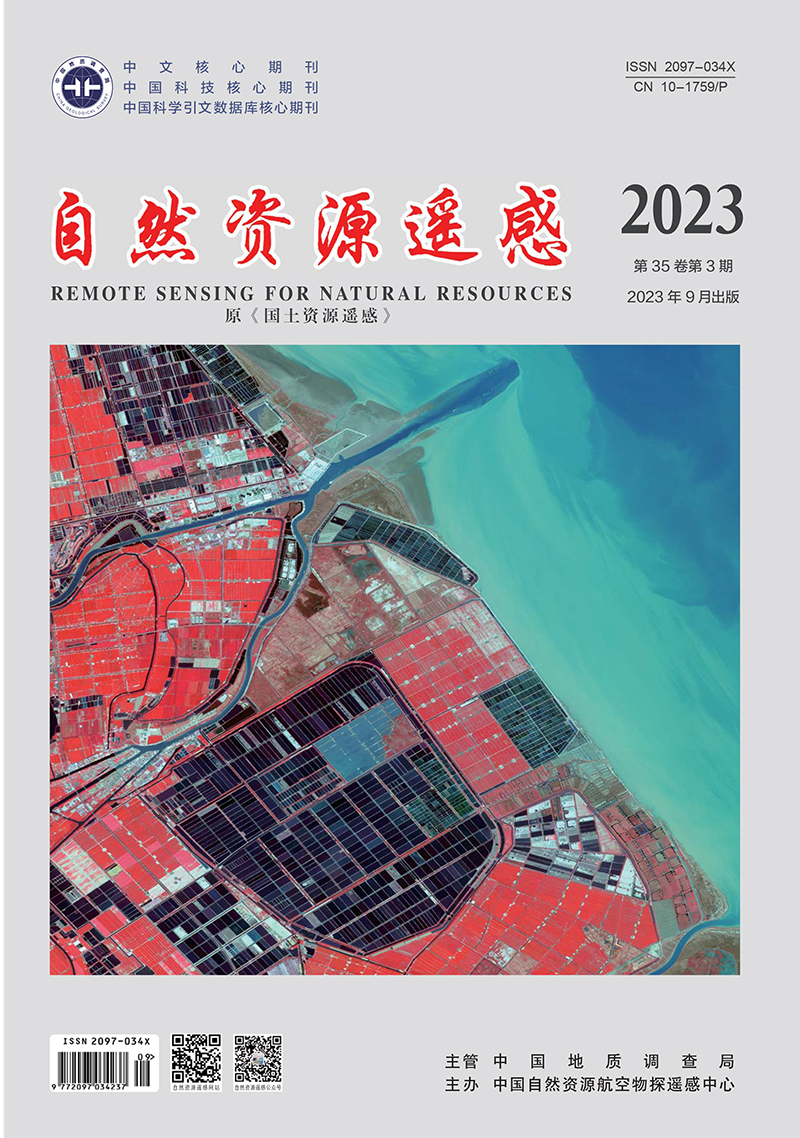PARIHA Helili, ZAN Mei. 2023. Spatio-temporal changes and influencing factors of ecological environments in oasis cities of arid regions. Remote Sensing for Natural Resources, 35(3): 201-211. doi: 10.6046/zrzyyg.2022194
| Citation: |
PARIHA Helili, ZAN Mei. 2023. Spatio-temporal changes and influencing factors of ecological environments in oasis cities of arid regions. Remote Sensing for Natural Resources, 35(3): 201-211. doi: 10.6046/zrzyyg.2022194
|
Spatio-temporal changes and influencing factors of ecological environments in oasis cities of arid regions
-
1. College of Geography and Tourism, Xinjiang Normal University, Urumqi 830054, China
-
;2. Xinjiang Laboratory of Lake Environment and Resources in Arid Zone, Urumqi 830054, China
-
Abstract
Cities are core areas for human life and production. The ecological environment quality is a growing concern in cities, especially cities with fragile ecological environments in arid regions. This study selected 2 study areas from two typical oasis cities, namely Urumqi City in northern Xinjiang and Kashgar City in southern Xinjiang. It compared the spatio-temporal changes in the ecological environment quality of the two study areas in 2000, 2010, and 2020 using two urban remote sensing-based ecological indices (RSEIs) constructed based on the Google Earth Engine (GEE). Furthermore, it quantitatively analyzed the factors influencing the RESIs of the two cities using the random forest model. The results are as follows: ① Over the past 20 years, the ecological environment quality in study area 1 worsened but that in study area 2 improved overall. In study area 1, the ecological environment improved mainly in the old urban area and deteriorated in the newly built area at the periphery of the urban area. In study area 2, the ecological environment significantly improved in the northeastern part and deteriorated in the newly built area around the city center. ② The fractional vegetation cover is the most critical factor influencing RESIs of both study areas, followed by temperature and precipitation. These influencing factors had different influences on the RSEIs of the two study areas. ③ The primary reasons for the deterioration of the ecological environment in study area 1 included the expanded urban scale, the increased impervious surfaces, and the decreased fractional vegetation cover in the past 20 years are. In contrast, urbanization and green and healthy urban development pattern jointly played a significant role in improving the ecological environment quality in study area 2. The results of this study can provide a scientific basis for healthy urban development in both study areas.
-

-
-
Access History







 DownLoad:
DownLoad: